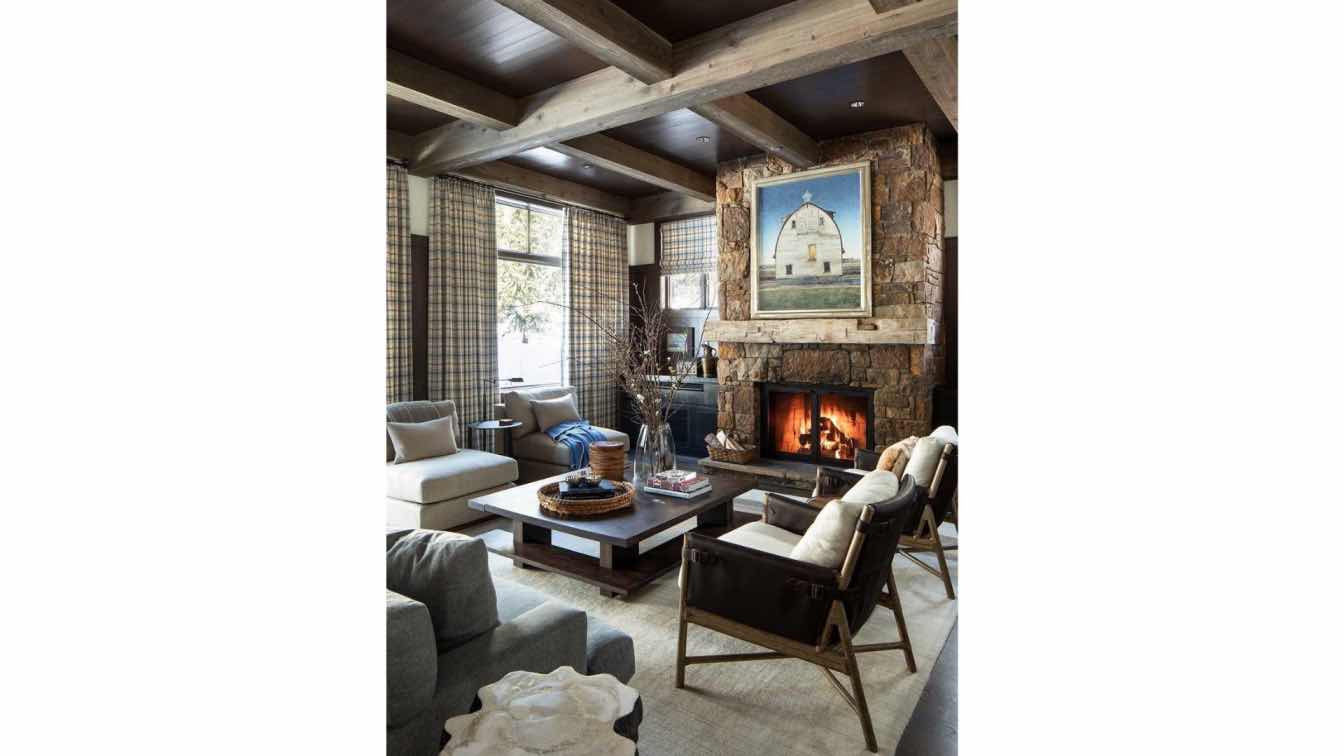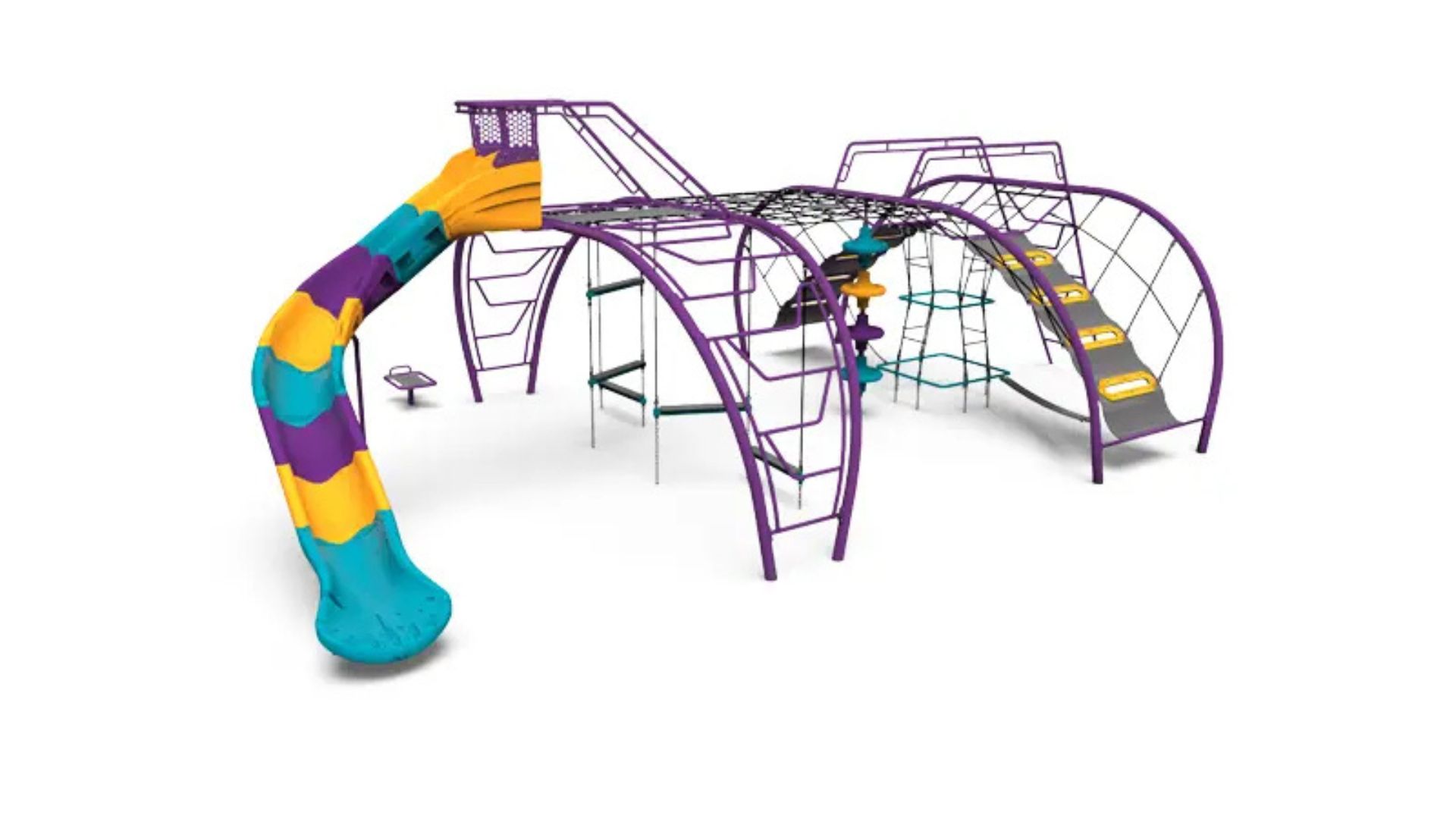The Tetons hold an inspiring presence that few landscapes match. Towering peaks, limitless skies, and vast forests shape both the natural environment and the way people live within it. Architects working in this region face a unique responsibility. Their buildings must do more than meet practical needs. They must also respect the land. Many homeowners turn to Jackson Hole Architects for this reason. These professionals know the terrain, the materials, and the subtle ways architecture can support rather than disrupt the environment.
Reading the Terrain
Each site in the Tetons tells a different story. Some face the mountains directly; others sit near creeks or meadows. Before sketching a floor plan or selecting materials, architects spend time walking the land. They take note of wind patterns, sun exposure, slope, and views. A good home in this setting does not sit on top of the land. It fits into it. Grading follows the natural rise and fall of the earth. Foundations work with stone and soil, not against them. Decks step down gradually. Rooflines echo the shapes of nearby hills. This approach leads to homes that feel quiet and rooted.
Materials That Belong
The Tetons offer more than a view. They offer a palette. Wood, stone, and steel all have their place, but they must look like they belong. Many architects favor reclaimed timbers, which carry both texture and history. Native stone helps connect interiors to what lies beyond the walls. Metal finds its place in window casings, railings, and rooflines, where it weathers naturally over time.
Inside the home, these same materials carry through without feeling forced. Floors might be wide-plank oak. Fireplaces use hand-cut stone. Cabinet hardware may reflect the same finish as the exterior trim. The idea is not to match, but to remain in rhythm with the land.
Windows That Frame, Not Dominate
One of the strongest features of a well-designed Teton home is its approach to windows. Architects in the region think of windows as frames. Rather than using glass to overwhelm, they use it to direct attention. A low window in a hallway may highlight the grass as it moves in the wind. A picture window in the living room may hold the mountains in quiet stillness.
Architects avoid placing windows in ways that expose interiors to harsh afternoon sun or winter winds. Instead, they work with nature’s cues, letting light in where it helps and keeping it out where it harms. This creates comfort without overreliance on mechanical systems.
Shelter for Four Seasons
Designing for the Tetons means preparing for snow, wind, heat, and mud. Roofs take a steep pitch to shed snow. Entryways offer space for boots, coats, and wet gear. Heating systems stay efficient without drawing attention to themselves.
Porches often come covered, allowing year-round use without giving up exposure to the outdoors. Summer evenings become a time for quiet meals outside. Winter mornings bring sunlit kitchens that warm up quickly. In each case, the house meets the season with grace.
Landscape as Part of the Plan
A home does not end at the walls. The area around it speaks volumes about the architect’s intent. Paths curve gently through natural grasses. Gardens use native plants that thrive without irrigation. Retaining walls, if needed, are built from the same stone used inside the house.
Even outdoor lighting stays low and focused, guiding rather than drawing attention. Some architects collaborate closely with landscape designers to ensure harmony from the front door to the property line.
Quiet over Loud
Homes in the Tetons rarely try to make statements. They do not shout with sharp corners or loud patterns. They speak with restraint. That does not mean they lack personality. On the contrary, their strength lies in their balance. They carry the voice of the owner and the tone of the land at the same time.
Architects achieve this balance by limiting visual noise and letting space and light do the work. Rooms flow without interruption. Finishes stay simple but thoughtful. Details matter, but none pull too hard on the eye.
A Living Relationship with Place
When architecture blends with nature, both stand taller. The Tetons offer a landscape that challenges and rewards. Buildings that thrive here do not try to outdo the mountains. They sit with them, learn from them, and grow old with them.
In time, wood weathers, stone shifts, and paths wear in. These changes do not mark decline. They mark a deepening relationship between home and place. That is the quiet power of good design in the Tetons. And that is what careful architecture can offer.





